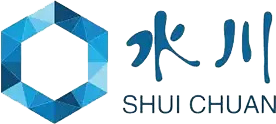In the era of the Dyestuff Industry, sourcing appropriate quality suppliers has gained maximum importance in maintaining competitive advantage and product quality. According to forecasts, reports have indicated that by 2027, the global dyestuffs market would size approximately USD 17.9 billion at a CAGR of 3.5% during the prediction period. This growth, in turn, not only signifies the demand for mellifluous colors that are environmentally friendly but also requires the manufacturers to align themselves with suppliers that strictly abide by quality and environmental standards.
While the challenges for sourcing reliable suppliers increase with each turn of the industry, some factors influencing such challenges are raw material availability, regulatory compliance, or technical advancements. Reports show that almost 70% of dyestuff producers have a hard time with supplier selection and management, which makes the effective navigation of suppliers even more pertinent. This blog will discuss strategies and insights into identifying and partnering with top-notch suppliers in the dyestuff sector so that companies may not merely prosper but also advocate for sustainability with respect to the industry.
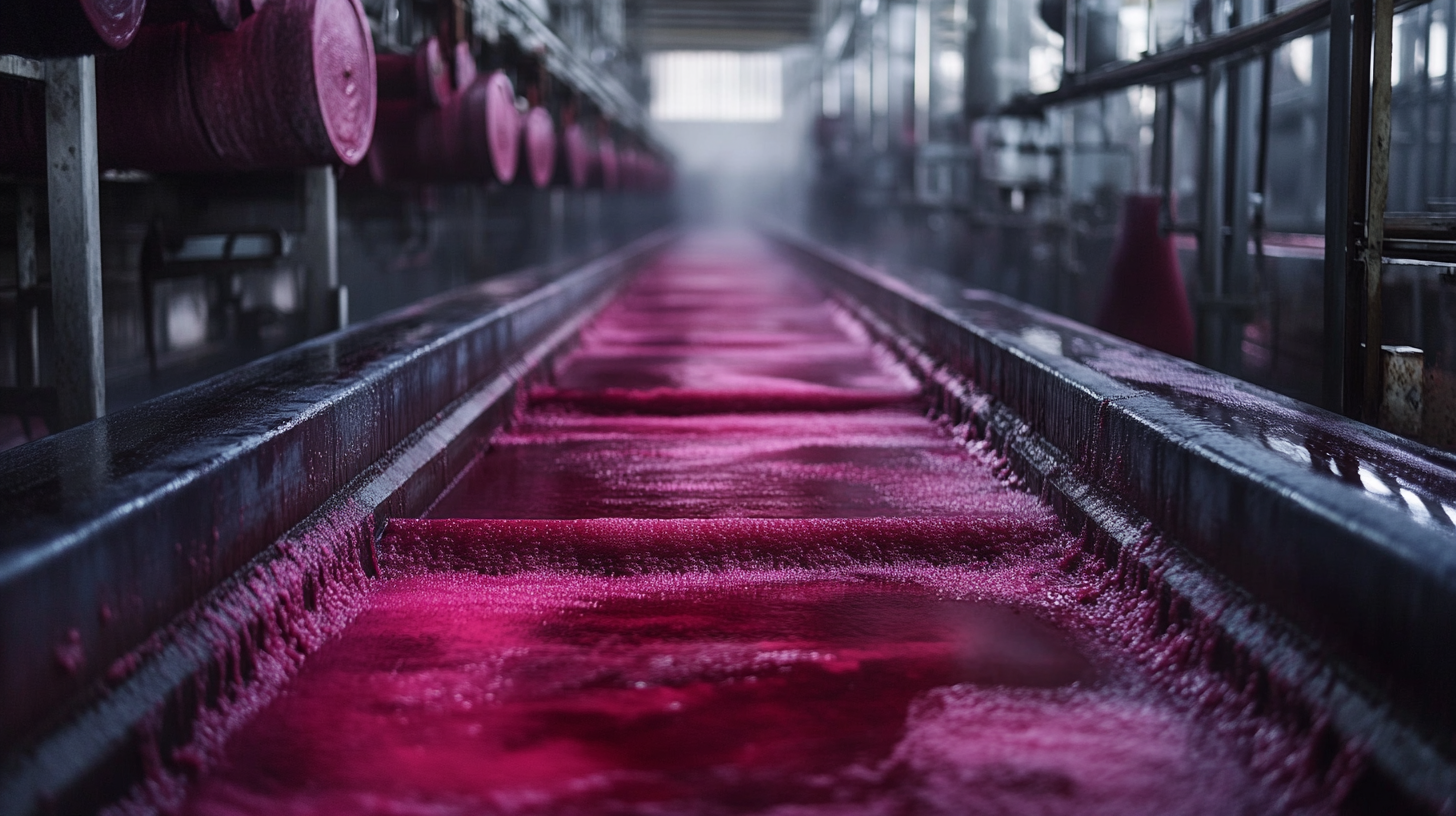
For high-quality suppliers in the dyestuff industry, knowing the important parameters of selecting quality suppliers will be the best. In fact, recently, a report by Smithers Pira predicts that the global dye and pigment market will be 28.6 billion U.S dollars by the year 2024, clearly showing that there must be a growing demand for high-quality materials. To stand out in such a competitive environment, the supplier must prove its reliability, consistency, and compliance with industry regulations. One of the most crucial indicators of a quality dyestuff supplier is the certificate of compliance with international standards. This includes ISO 9001. A Mordor Intelligence study shows that firms investing in quality certifications could experience around a 20% improvement in customer satisfaction and retention. Suppliers must therefore demonstrate this commitment to sustainability through compliance with environmental regulations such as REACH and GHS, which are fast becoming crucial determinants to buyers in a market that is evolving very rapidly. Access to complete technical support and product development constitutes a key defining element. As reported in a survey carried out by the American Association of Textile Chemists and Colorists, 70% of textile producers consider that effective solutions with rapid response times to quality issues tend to give priority to suppliers. The flexibility to adapt and offer tailor-made solutions thereby demonstrates a supplier's depth and brings that supplier closer to being called a partner in the operational success of a buyer. Besides, there are some definite performance indices such as ratio of time delivery and quality defect ratios, which also suffice for analyzing the performance of a supplier unto reliability. As per the statistics, the global average for on-time delivery regarding dyestuffs stands somewhere around 85%. However, leaders perform above 95%. These data give indication not only for selecting suppliers realizing the requirements but also underscore the importance of these indicators in creating a long-term partnership.
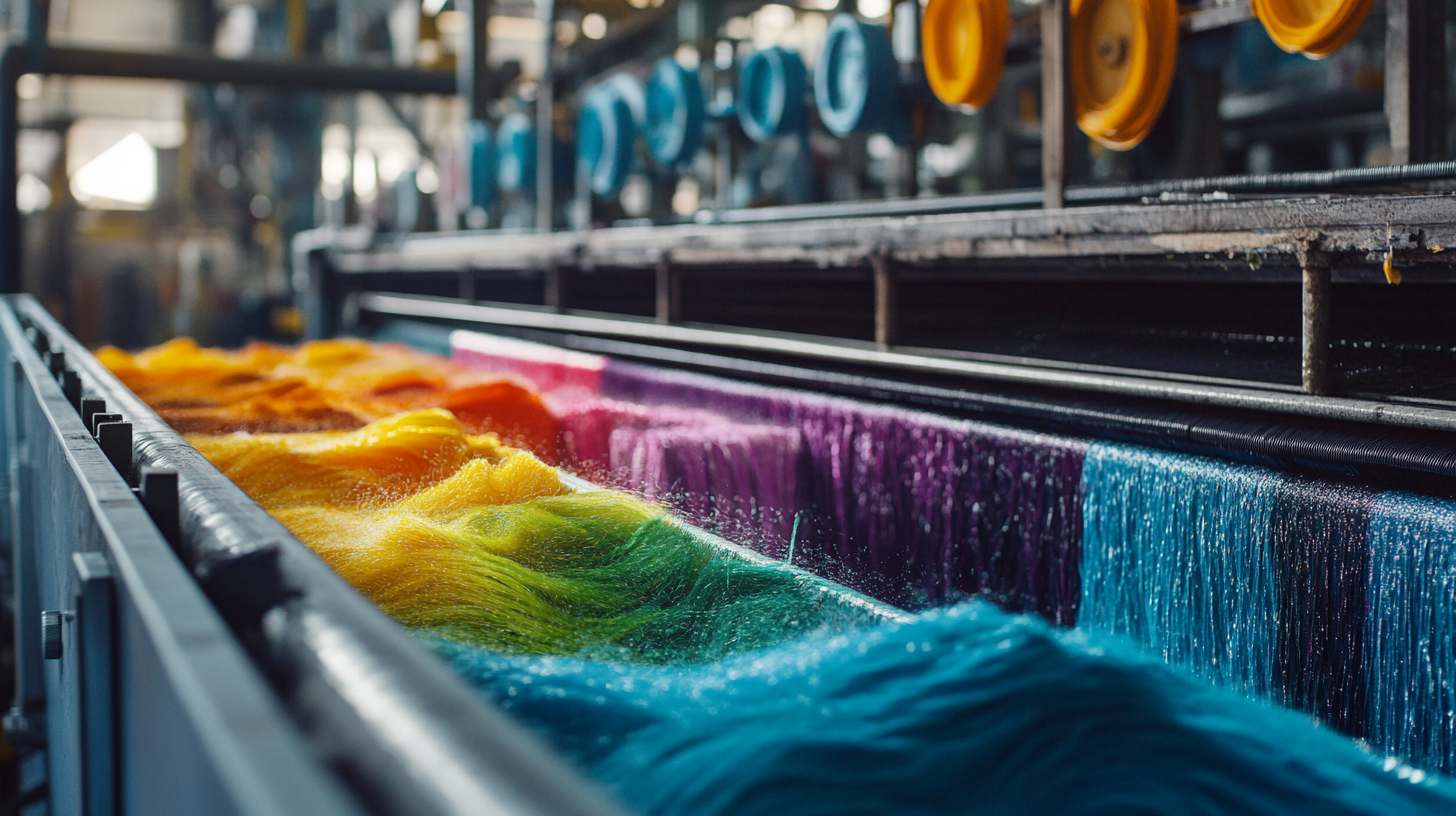
Sustainability in the dyestuffs industry finds itself ever more critical within the supply chain, mirroring the actual trends in consumer behavior and regulatory standards. Now that brands are facing pressures to reduce their environmental footprint, the demands for sustainable sourcing practices have also multiplied. A case in point is the recent forum that took place in Shanghai, where the who-is-who in the industry converged to discuss the various progressions in eco-friendly dyestuffs and coatings, which is said to send the signal of a collective propensity to green production methods.
The textile and clothing industries have taken up some really reliable shares in global pollution, with their carbon emissions going beyond those of all the air and seal travel put combined. Thus, businesses have been brought to acceptance of the fact that while they are asked to go for greener and eco-friendly products, it must incorporate a whole-supply chain strategy towards sustainability. Recent studies show that nearly 89% of consumers are now gravitating toward sustainable products, indicating that companies must adapt to this growing consciousness or risk losing market share.
Meanwhile, the upsurge of new technological capabilities and heightened focus on Environmental, Social, and Governance (ESG) standards change the dimension of competition. The case of SHEIN depicts how such businesses enable future growth through advancing towards sustainability. As more resources move towards preserving biodiversity and sustainable development, the field of dyestuffs reaches a focal point in which to aspire to be relevant. Suppliers committed to processes and materials that are green will ensure a sustainable future for business and environment in engaging stakeholders.
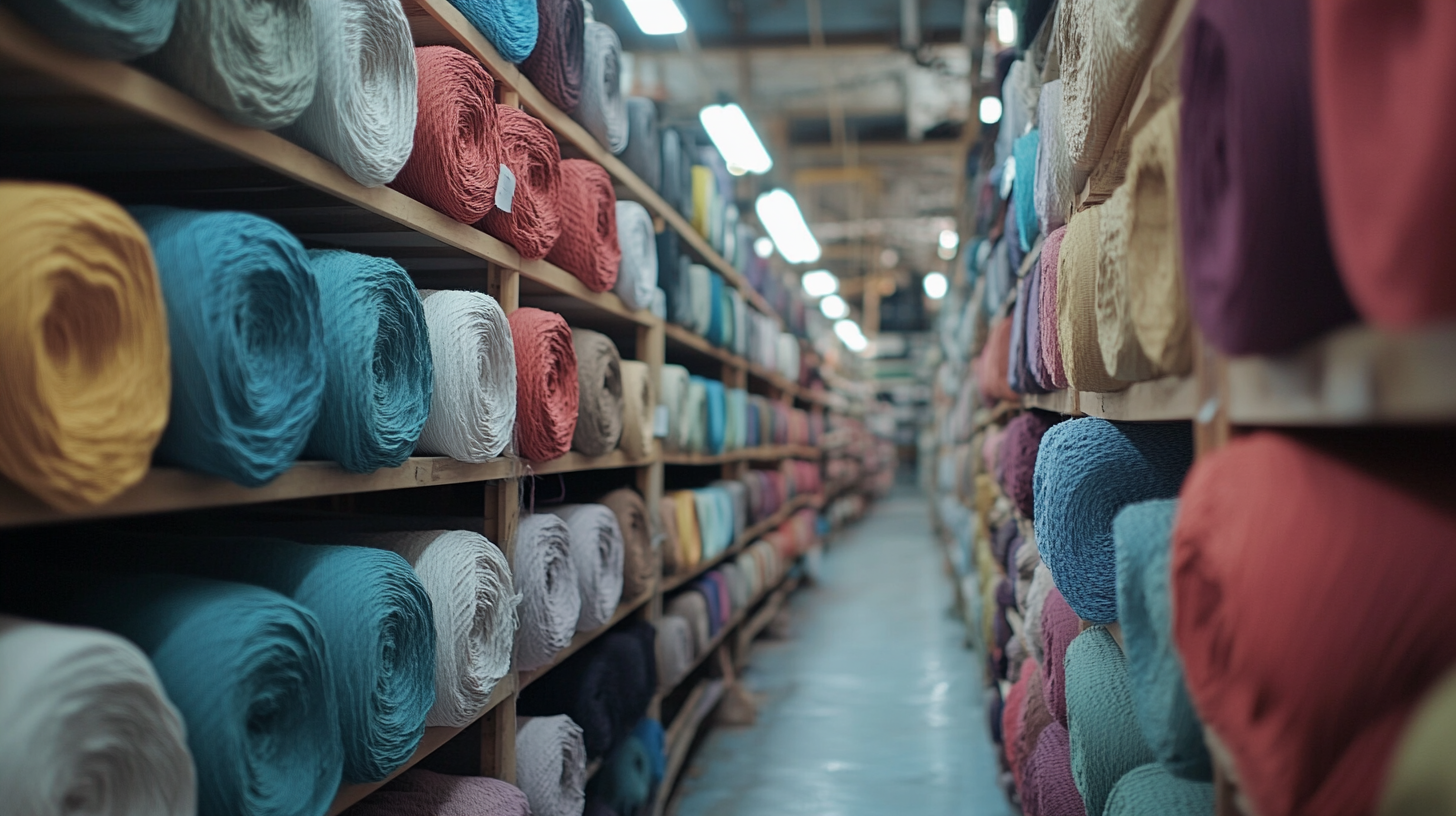
In the dyestuff industry, supplier certifications and compliance standards have become increasingly important in the wake of the emerging environmental and social governance (ESG) concerns. Companies are now under pressure to show transparency along their supply chains- in terms of sourcing the dyestuffs and ensuring their safety. Such pressures have raised scrutiny in supplier certifications meant for not just quality control but also for sustainable practice and ethical labor standards.
Furthermore, it has been brought to the public that companies indicate all manufacturing processes they undertake in preserving the safety of dyes and fair treatment of employees. These initiatives further bolster the consumer by taking the stand that everything, starting from sourcing from raw materials to final production, is up to the regulatory-ethical standards. Thus, organizations may set a precedent on caring for the environment as well as social accountability with such approaches.
Moreover, compliance parameters are already recognized benchmarks when evaluating prospective partners in this supply chain. A thorough assessment of such benchmarks arrives at building supplier profiles on sustainability and ethical practices. Engaging with such suppliers would enhance the reputation of a business while increasingly moving it towards a more responsible and sustainable industry ecosystem.
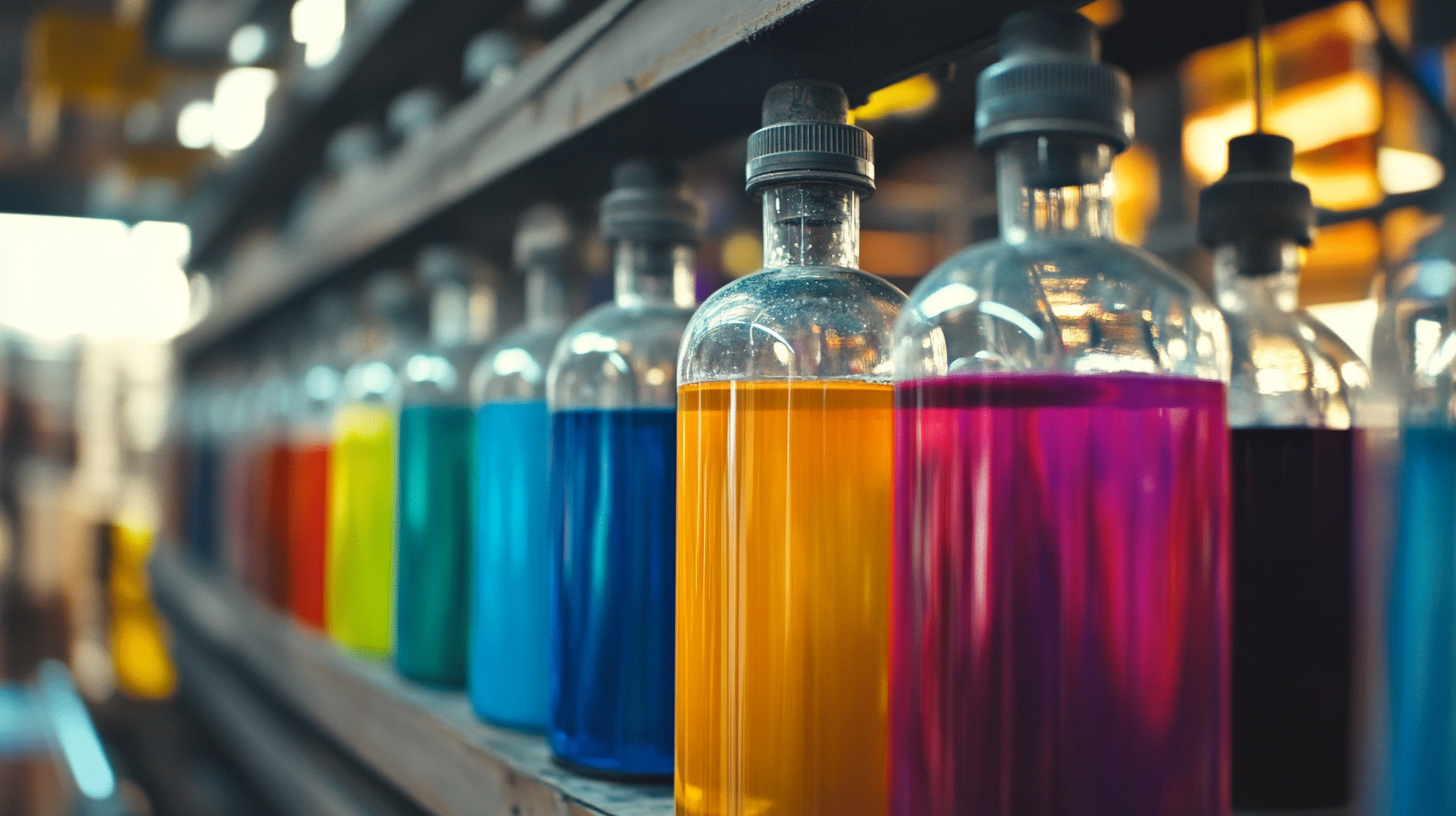
The severely competitive dyestuff industry relies heavily on the technological advances offered by supplier quality assessment techniques in maintaining a strong supply chain. The processes associated with supplier appraisal can substantially benefit from advanced technologies such as AI or ML, which could help sift through huge data sets for the disruption factors and capabilities of suppliers. The aforementioned technologies will provide the firms with an opportunity to automate collection of quality metrics and assessment of the same, allowing for a relatively smoother, effortless, and objective evaluation process with minimal risks of human intervention.
Also, innovations in blockchain technology allow another layer of transparency along with the tracking of the entire supply chain to verify the actual legitimacy of suppliers. This helps in assessing the quality of the inputs and ensuring standards, environmental compliance, and ethical sourcing. With such technologies in place, the dyestuff industry can maintain strong relationships with trusted suppliers and uphold responsibilities for sustainable sourcing practices.
Finally, the integration of IoT could also allow real-time tracking of suppliers to enable manufacturers to solve emerging issues during the production process. Such proactive means could lower unacceptable downtimes and ensure relentless quality in satisfying the dynamic requirements of the market. The embrace of these innovations would definitely position such businesses in sound business decision-making, enhancing quality assurance of products, and guaranteeing customer satisfaction in the dyestuff market.
Understanding market trends is the most important aspect of strategic supplier selection from the perspective of the dyestuff industry. The trends are defined with reference to several elements such as technology advancement, sustainability demands, and consumer shifts. Suppliers who act quickly in relation to these variables will enable the in-time meeting of today's demands and will do so for their future needs. Thus, the influence on environmental organizations and certain brands launches the production of ecological dyeing technology around the world. Here, regulatory compliance and green consciousness is an appropriate selling point.
The subject of classified categories is rooted in the globalization of the textile market within the provision selection process. To broaden up the accessibility of one's business in other altered geographic locations is obligatory. Therefore, there is a requirement for a manufacturring logistics network concerning different brands' market demands etc. The companies that are close to the market- information level and fast return strategies in terms of providing information over moving companies will psychologically further the organization interests. With this, it is obvious that any sort of real-time market analysis ought to be integrated into any program in supplier selection to make any positive decision. Such market research will make the business excessively competitive with the broader field-surrounding situations home site as well as international markets.
Further to that, digital technologies increasingly re-shape the relationships between dyes, pigments, and the dyestuff industry. (In conjunction with marketing possibilities) E-commerce platforms render many more supplier options available, making it easy for companies to compare alternatives and negotiate agreements. Through these technological developments, transparency and efficiency will be built into the sourcing process, offering buyers the requisite data to base their choices on clear, objective planning. So, anticipating market trends is not only advantageous; it is mandatory in the mind of getting ahead.
